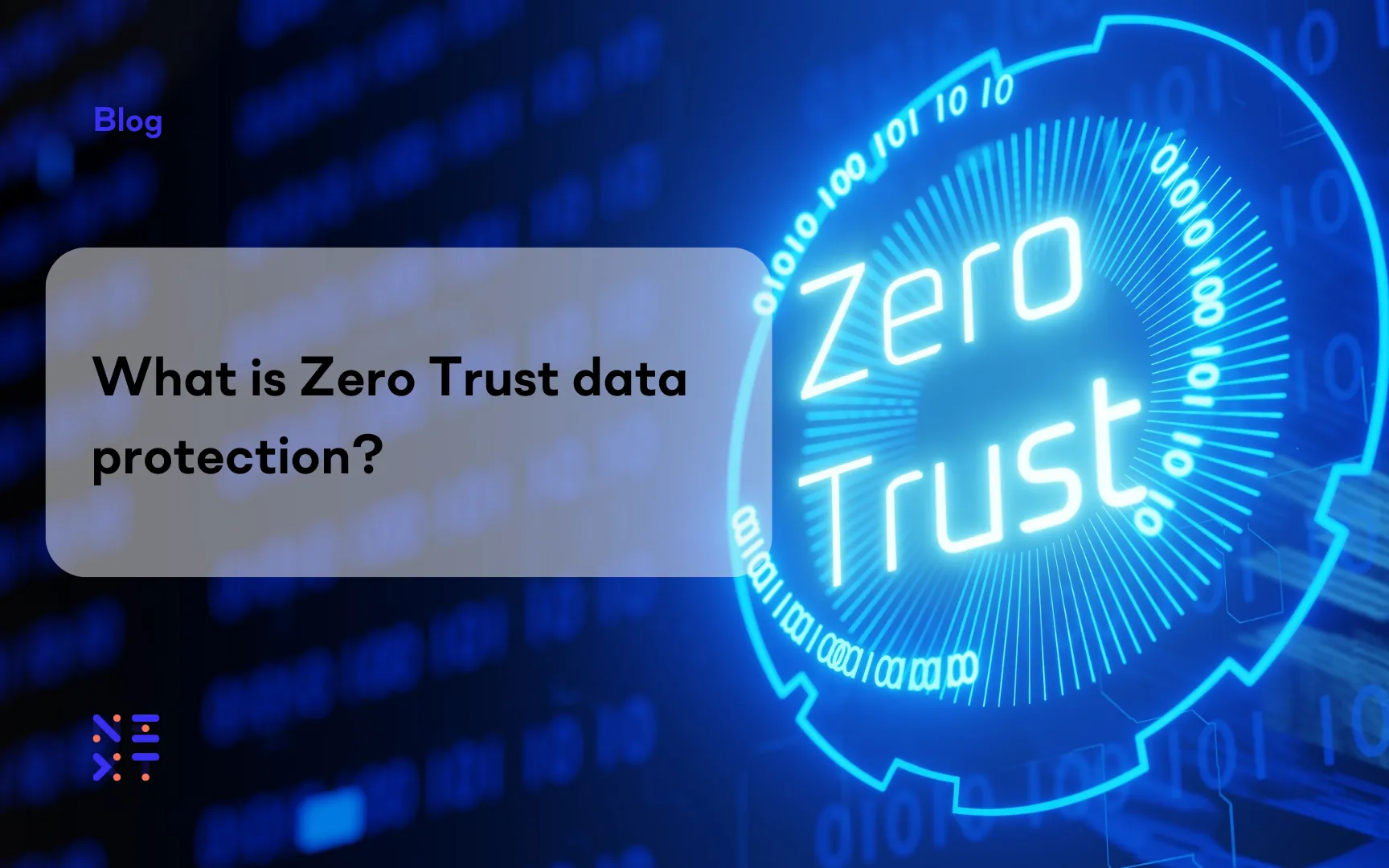Fortinet Acquires Next DLP Strengthens its Top-Tier Unified SASE Solution
Read the release
Data loss prevention (DLP) is a software solution designed to protect an organization’s sensitive and high-value information. To provide its intended benefit, a DLP solution needs to address data no matter where it’s found or how it’s being used, not only under certain limited conditions.
In this article, we’ll explore how a comprehensive DLP solution like Next Reveal protects data in any of its three states. The techniques used by modern data loss prevention tools address gaps that may have affected the ability of legacy solutions to fully protect enterprise data.
It’s widely accepted that digital data can be in three distinct states throughout its lifetime. Each state poses security challenges that must be addressed to effectively protect an organization’s valuable information.
Data at rest
Data that is in storage and is not currently being transferred or accessed is considered to be at rest. Data at rest is stable and has reached its destination. It includes files resident on a laptop’s hard drive, in a storage area network, or on backup media stored at an offsite facility.
Data at rest is often protected using encryption and various authentication methods that only permit authorized individuals access to it. One of the biggest challenges when it comes to protecting data at rest is locating it and identifying its value in a distributed computing environment.
Data in motion
Data in motion is data moving to different locations within a computer or between multiple computer systems. Data is considered in motion if it is moving from a cloud storage device to a local file server. Information resident in a machine’s random access memory (RAM) poised to be accessed or processed is also said to be data in motion.
Encryption is the most effective method of protecting data in motion. The data itself can be encrypted while at rest before transmission, or it can be protected by encrypting the connection over which it travels.
Data in use
This is data that is currently being accessed, updated, or processed by a system. In this state, data is vulnerable while it is directly accessible by users. Data in use is traditionally protected by authentication, identity management, and permissions to limit access to a subset of individuals.
Data can be challenging to protect any of the three states. Before looking at how each state is addressed by a DLP tool, it’s important to note that a modern DLP solution can classify data as it is created or ingested into the environment.
Next Reveal, for example, is the first agent to deliver Machine Learning on the endpoint to identify and categorize data at the point of risk, baselining activity at deployment and using multiple behavioral analytics algorithms to detect abnormal behavior. As such, Reveal doesn’t require a connection to a separate analysis engine.
Data is classified as posing a high, medium, or low risk to the organization if it is misused, disclosed, or accessed by unauthorized entities. Based on this classification, data elements are protected according to the organization’s data handling policy.
Data loss prevention solutions can help keep data secure in each state. Let’s look at how a DLP tool can protect data, regardless of its state.
Protecting data at rest
A DLP tool will classify data on-the-fly and afford it the protection it warrants when in storage. Sensitive and high-risk data will be encrypted at rest. The DLP solution will prevent unauthorized entities from accessing or moving the information.
Protecting data in motion
Data in motion may need to be protected by a DLP solution. The tool evaluates a data element to determine its classification and whether it needs to be encrypted before being transmitted. In some cases, attempts to email sensitive materials will be prohibited by the DLP tool, while in other instances, it will automatically encrypt the data and then allow it to be sent. These determinations are made based on the parameters of the company’s data handling policy.
Protecting data in use
DLP tools protect data in use by enforcing the limitations defined in a company’s data handling policy. A couple of examples will clearly illustrate how this works.
Next DLP’s Reveal platform protects data in all of its states, enforcing a data handling policy as data moves through the environment and changes states. Using a high-performance, lightweight endpoint agent that is system-aware and self-auditing, Reveal protects data on Windows, Linux, and macOS systems. It integrates seamlessly with customer ecosystems without disrupting existing business processes or hindering productivity. With a cloud-native, multi-tenant platform, Next Reveal offers speedy deployment and immediate visibility while also being easy to use for any team member.
Reveal enables a positive security culture and empowers employees by providing incident-based training and education, building a dynamic “human firewall” to address the weakest link in data protection: the human element. Adaptable security measures and real-time training reduce the risk of data loss while also improving productivity.
Contact Next DLP today and book an on-demand demo to see how a modern approach to DLP protects your valuable data and intellectual property - no matter what state it is in.

Blog

Blog

Blog

Blog

Resources

Resources

Resources

Resources

